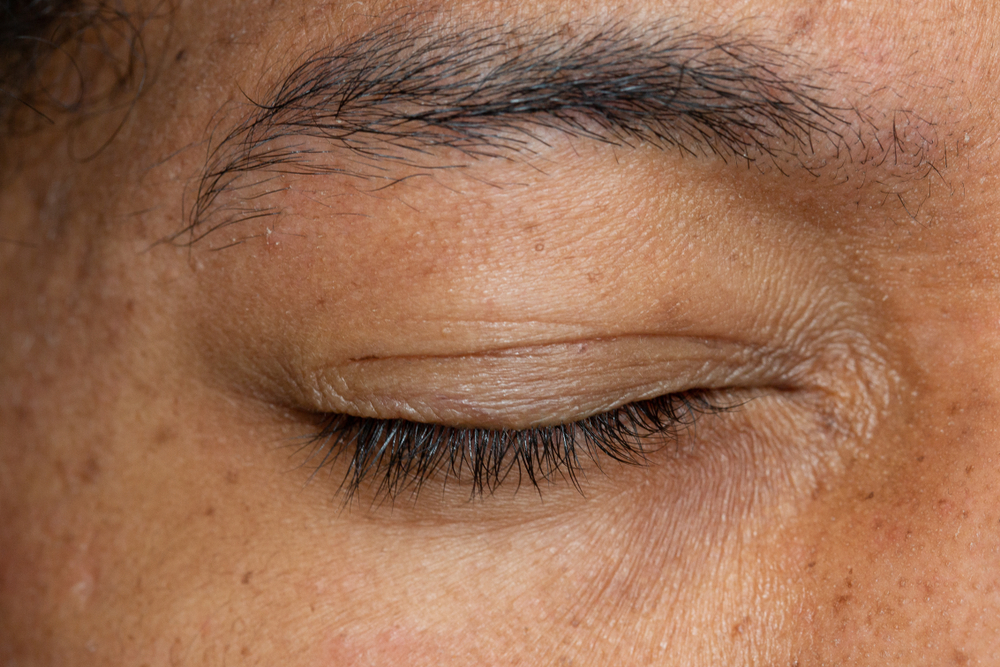Your Pupils Reveal Whether Youre Thinking About New or Old Memories
Your pupils say a lot about you about your mental state, your attention span, your arousal, and your intelligence. Somewhat surprisingly, they also say a lot about your memories. According to recent research in Nature, the size of your pupils when youre asleep reveals what youre thinking about as you sleep and when, indicating whether youre ruminating about new memories or about old ones.Its like new learning, old knowledge, new learning, old knowledge, and that is fluctuating slowly throughout the sleep, said Azahara Oliva, one of the authors of the new research and a neuroscientist at Cornell University, in a press release. We are proposing that the brain has this intermediate timescale that separates the new learning from the old knowledge.Storing (And Saving) MemoriesResearchers have long sought to make sense of the mechanisms of memory consolidation, including the processes that fend off catastrophic forgetting, in which the storage of a new memory wipes out an old memory. Hoping to learn more about these mechanisms, a team of researchers turned to pupil size during non-REM sleep, the stage of sleep most associated with memory consolidation. Though the eyes tend to stay stationary during non-REM sleep, the pupils oscillate between small and large diameters, reflecting the different substages and depths of slumber throughout the non-REM phase.Non-REM sleep is when the actual memory consolidation happens, and these moments are very, very short periods of time undetectable by humans, like 100 milliseconds, Oliva said in the release. How does the brain distribute these screenings of memory that are very fast and very short throughout the overall night? And how does that separate the new knowledge coming in, in a way that it doesnt interfere with old knowledge that we already have in our minds?Tracking the brain activity and pupil size of sleeping mice, as well as the mices ability to complete certain tasks when awake, the researchers found that new memories are repeated and consolidated when the pupil is smaller during non-REM sleep, and that old memories are repeated when the pupil is larger. Obtained with small brain sensors and cameras, the results reveal how new memories are remembered without replacing old ones, and when, and may have important implications for future memory research.Read More: What Happens in Your Brain When You Make Memories?Mouse MemoryTo arrive at their findings, the team taught mice a myriad of tasks over the span of a month, including how to find water and food in a maze, then tracked their brain activity and pupil size as they slept. In time, the team taught the mice another task, too, then tracked their brain activity and pupil size as they slept again. The team disrupted the mices sleep when their pupils were a smaller or larger diameter, and then tested the mices ability to complete their new and old tasks. This allowed the researchers to determine which pupil sizes were associated with the repetition of new and old memories.They found that the mice were reactivating their new memories during the substage of non-REM sleep in which their pupil diameters were smaller and reactivating their old memories during the substage of non-REM sleep in which their pupil diameters were larger.While additional work is still needed to parse through this process completely, this research offers important insights into the storage of new and old memories and provides new possibilities for memory research. It may inform future memory techniques and treatments for humans. Read More: How Naps Improve Memory PerformanceArticle Sources:Our writers at Discovermagazine.com use peer-reviewed studies and high-quality sources for our articles, and our editors review for scientific accuracy and editorial standards. Review the sources used below for this article:Nature. Sleep Micro-Structure Organizes Memory ReplaySam Walters is a journalist covering archaeology, paleontology, ecology, and evolution for Discover, along with an assortment of other topics. Before joining the Discover team as an assistant editor in 2022, Sam studied journalism at Northwestern University in Evanston, Illinois.


